With the 61st annual Merrie Monarch Festival coming up next week (March 31–April 6) in Hilo on the Big Island, I’ve been thinking about hula lately. Not just the graceful dance moves or the beautiful costumes, but the story behind it. Hula is like a living, breathing history book of Hawaii, telling tales through dance and chants. So, let’s hula our way through time and uncover the secrets of this amazing Hawaiian tradition!
The Ancient Roots: More Than Just a Dance
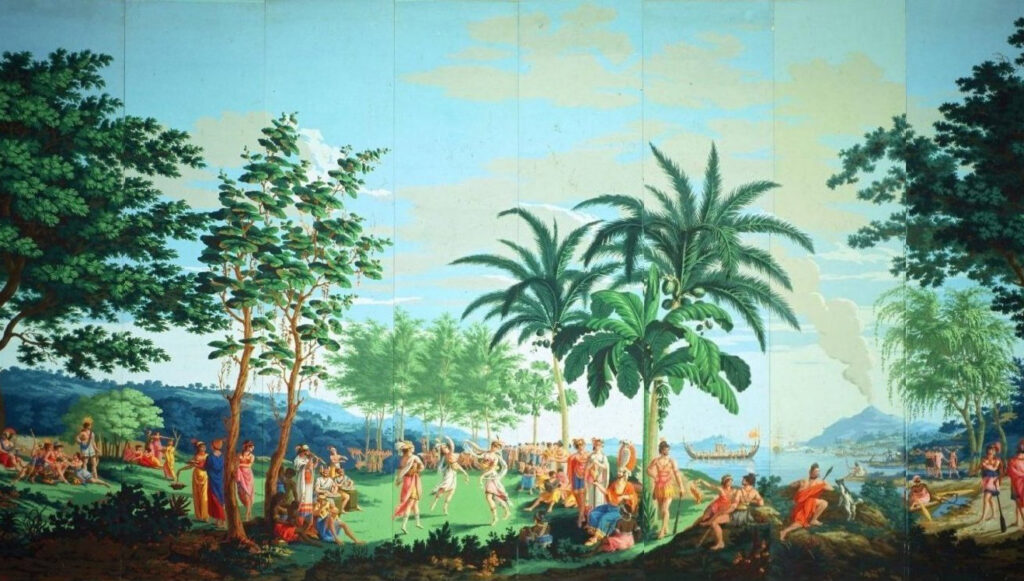
Picture this: Ancient Hawaii, a time when stories weren’t written down but danced. Hula was more than entertainment; it was a sacred ritual, a way to honor gods and tell the stories of the Hawaiian people. Each movement, each chant had a meaning, telling tales of creation, mythology, and history.
The Kapu System: Hula Under the Sacred Law
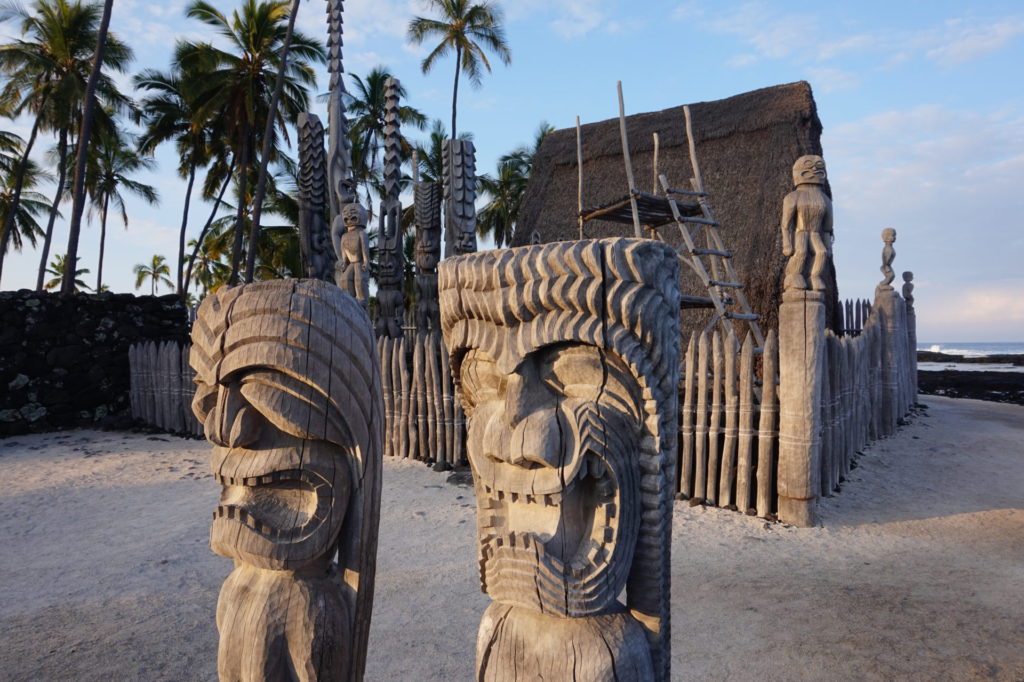
Under the ancient Kapu system, hula was strictly regulated. Across Polynesia, different peoples practiced different forms of hula, with each developing its own traditions and styles. In ancient Hawai‘i, only men performed hula. The dancers and chanters, or ‘olapa and ho’opa’a, underwent rigorous training in halau hula (hula schools) led by a kumu hula (hula master).
A Dance Almost Lost: The Collision with Western Influence
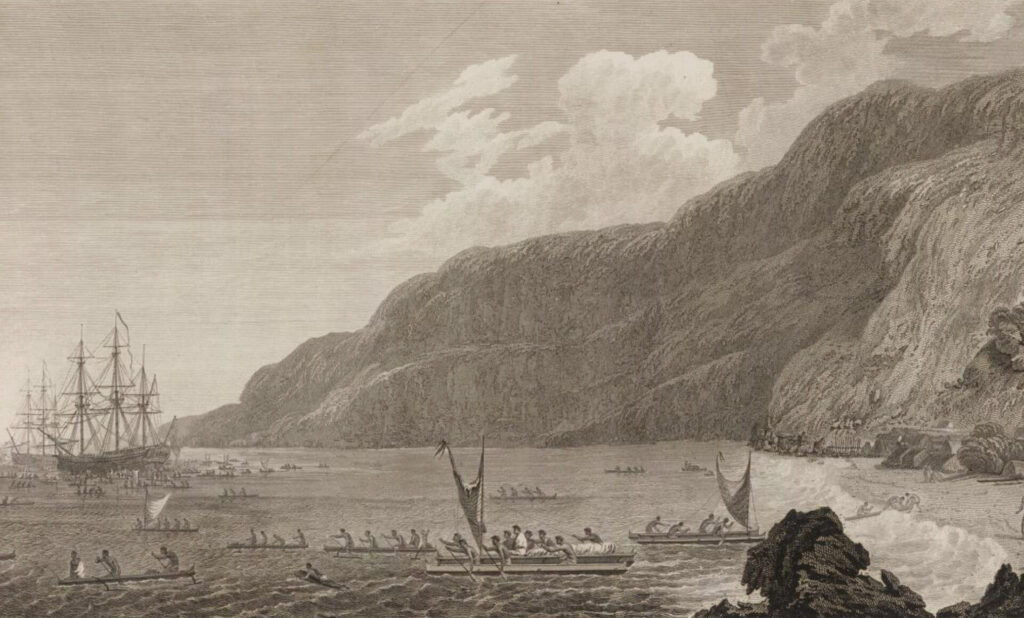
Fast forward to the 18th century, when Westerners first arrived in Hawaii. With them came their own beliefs and cultural norms, which clashed with Hawaiian traditions. The hula was almost lost during this time, viewed as pagan or uncivilized by missionaries. Can you imagine Hawaii without hula?
King Kalakaua: The Merrie Monarch’s Revival
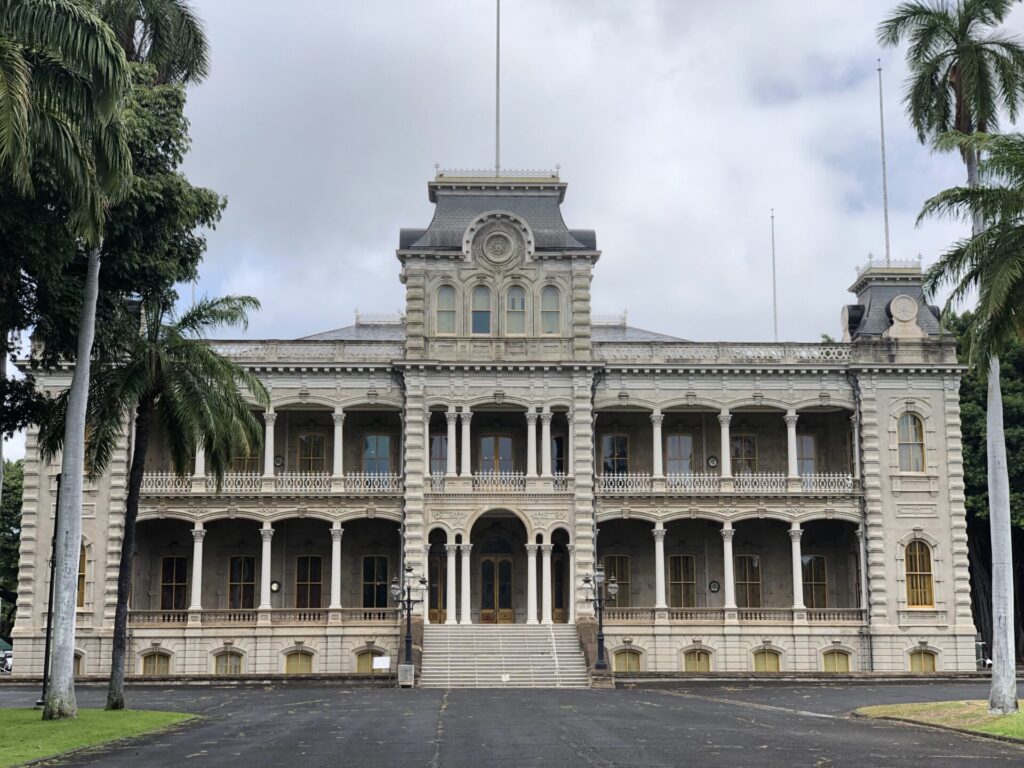
Enter King David Kalakaua, known as the Merrie Monarch. He loved Hawaiian culture and wasn’t afraid to show it. In the late 19th century, he brought hula back into the spotlight, encouraging its practice and integrating it into royal functions. Thanks to him, hula experienced a renaissance, and Hawaiians could once again celebrate their heritage openly.
The Hula Today: A Symbol of Hawaii
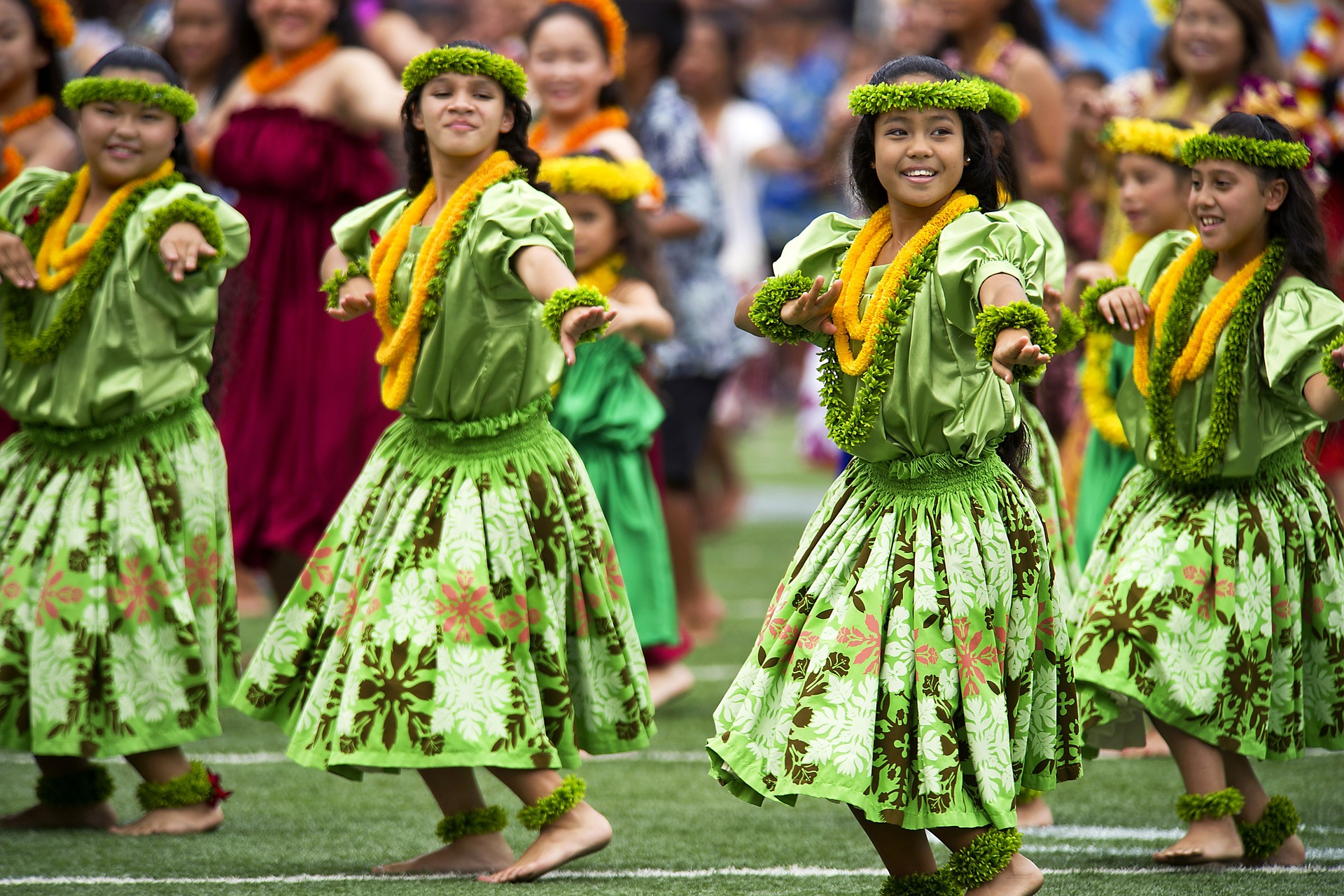
Now, hula is celebrated worldwide, a symbol of Hawaiian culture. It’s not just for Hawaiians; people from all walks of life learn and perform hula. Festivals like the Merrie Monarch Festival, named after King Kalakaua, showcase hula’s beauty and skill, keeping the tradition alive and kicking (or should I say, dancing?).
The Halau Hula: More Than a Dance School
Halau hula, the hula schools, are practicing, teaching and cultivating the art to this day. These schools are more than just places to learn dance moves; they’re cultural havens where students learn about Hawaiian language, history, and values. It’s about connecting with the Hawaiian spirit, understanding the stories and emotions behind each gesture.
Hula Kahiko vs. Hula ‘Auana: A Dance of Two Styles
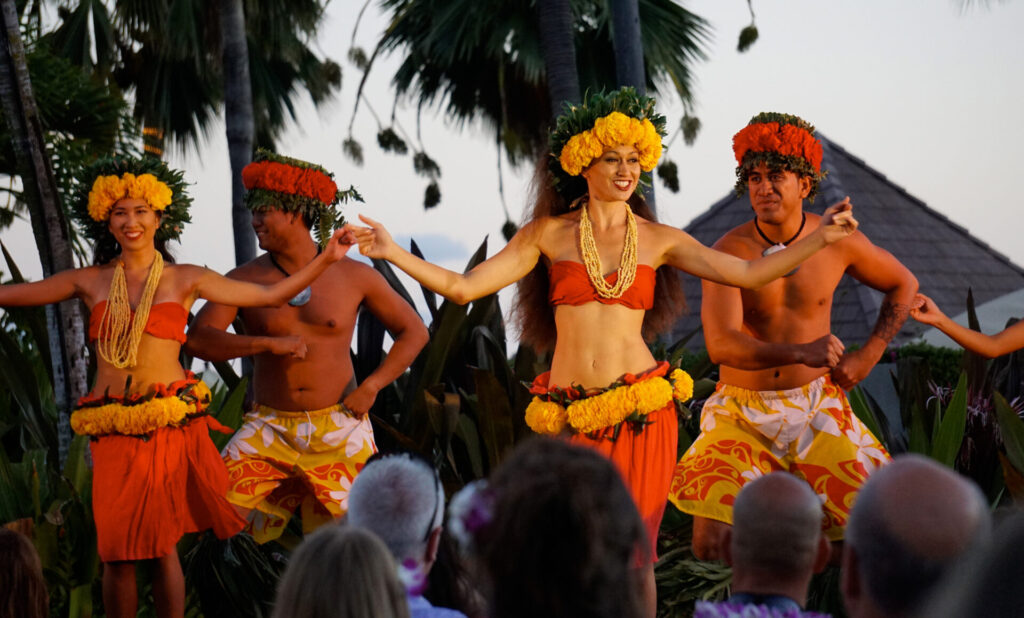
Hula Kahiko, with its traditional chants and percussion instruments, takes us back to ancient Hawaii. It’s powerful, it’s primal, and it’s steeped in history. On the flip side, Hula ‘Auana, with its Western influences, is more fluid, often accompanied by modern instruments like the ukulele. It’s a beautiful blend of old and new, showing how cultures can come together.
The Legacy Continues: Hula in the Modern World
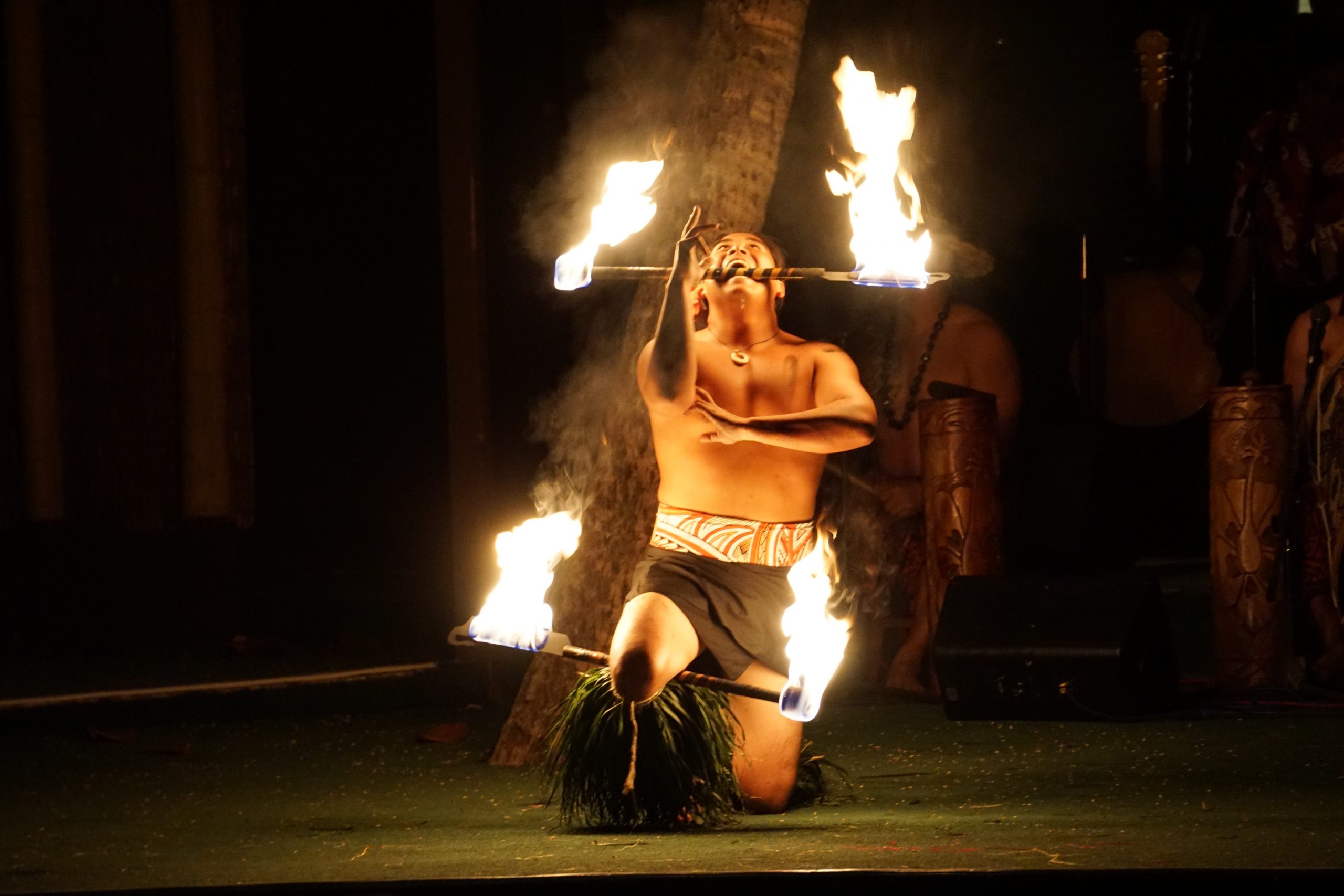
Today, hula is not just a dance; it’s a legacy. It’s a way for Hawaiians to connect with their past and share their stories with the world. It’s about preserving a culture that almost faded away, keeping the spirit of Hawaii alive through every step, every chant, and every story.
And that, my friends, is the whirlwind history of hula. It’s more than just a dance; it’s a heartbeat, a storyteller, a bridge connecting the past with the present. Whether you’re watching a hula performance or swaying your hips to the rhythm, remember: you’re part of a story that’s been dancing through time. Keep the legacy alive!
Lu‘au
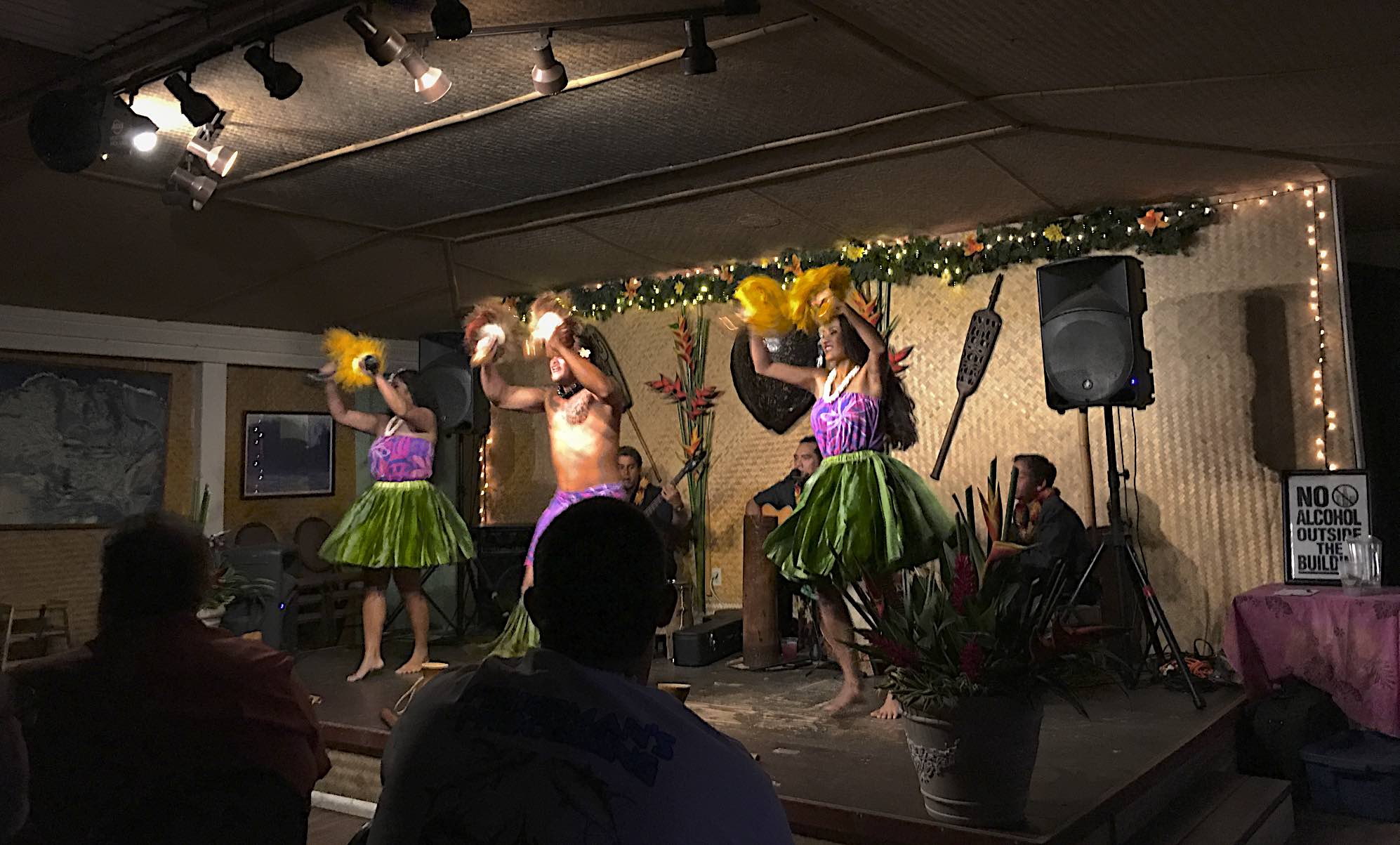
Tahiti Nui Lu‘au
Tahiti Nui Lu‘au offers a cozy setting, making you feel like part of a talented family. Instead of hundreds, the dining hall next to Tahiti Nui bar accommodates around 60 guests, creating a tight-knit atmosphere. Enjoy well-crafted mai tais and a show featuring traditional hula and Samoan fire dance.
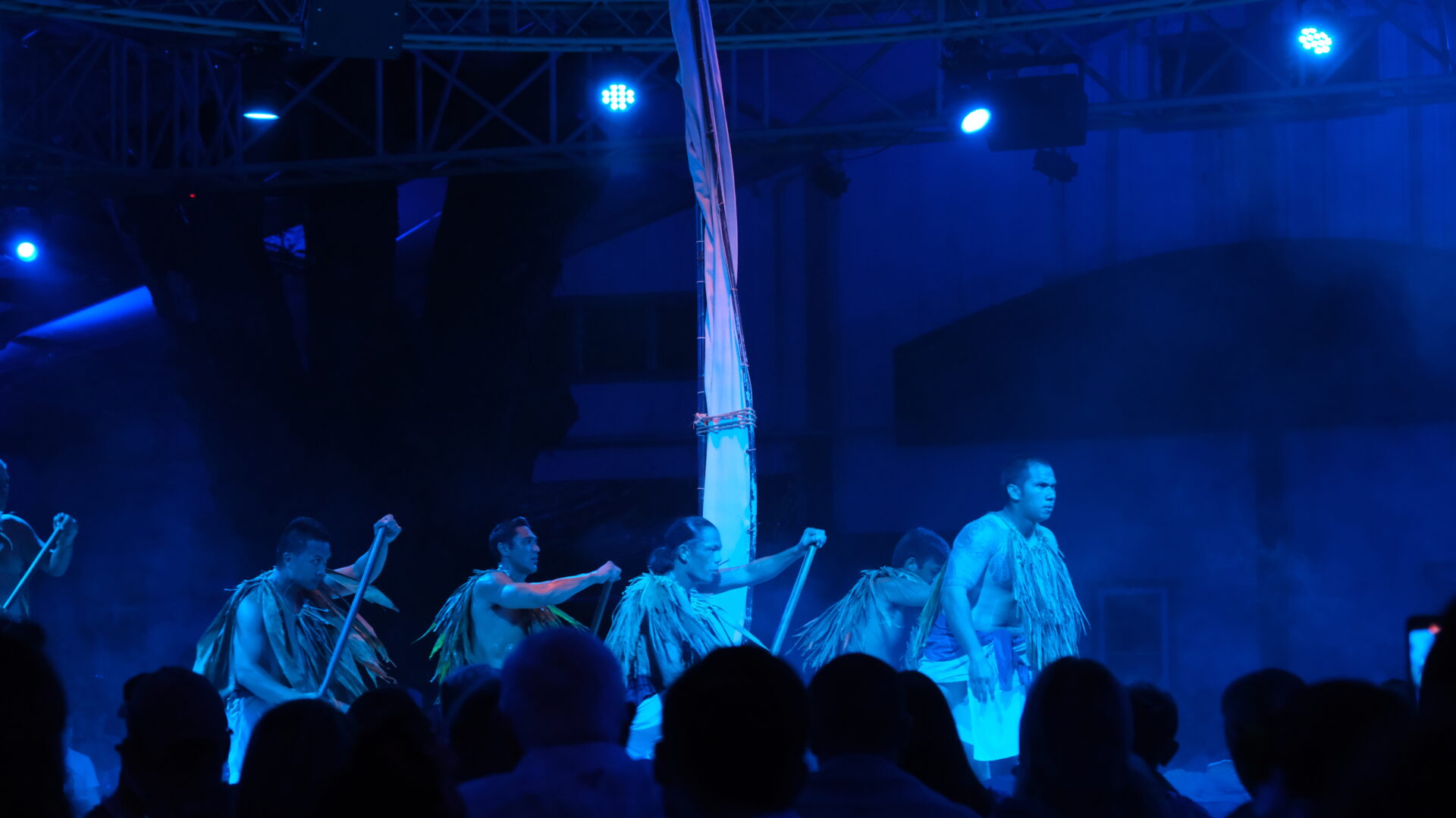
Lu‘au Kalamaku
Lu‘au Kalamaku at Kilohana is one of the largest lu‘aus in Hawaii and offers a captivating theatrical production of the Polynesian migration to Hawai‘i. Guests can explore the grounds, visit vendor booths, and enjoy a drink while waiting. Seating is assigned with good views from nearly every table. The show features energetic performances, including an exciting fire knife dance.
Find the best places to experience hula on your trip to Hawai‘i with Revealed Travel! When you’re using our guidebooks, ebooks or smartphone app and drive tour, you’ll get believable recommendations that will bring unbelievable vacations.




0 Comments